Ever stumbled upon those sweet and slightly tangy dried fruits in Asian grocery stores? They’re called jujubes, also known as daechu or Korean dates. Scientifically known as Ziziphus jujuba, these small but mighty fruits have a long-standing history and play a cherished role in traditional Korean cuisine.
Jujubes aren’t just any ordinary fruit, they’re bursting with distinct flavor and impressive health benefits. In Korea, they’re a staple in soothing teas like daechu-cha, where jujubes are often paired with ginger to add a warming kick. Walk through any Korean market, and you’re likely to spot jars of jujube tea paste nestled among other traditional drink mixes, ready to stir into a comforting cup.
Jujubes are also renowned for their medicinal properties, traditionally used to soothe sore throats and promote better sleep, making them a must-try ingredient for anyone seeking new flavors along with added health benefits in their dishes.

Jump to:
⌛ History and Origin
Traditional Korean Uses
Ancient Koreans embraced jujubes for their nutritional and medicinal benefits, often incorporating them into traditional remedies for their immune-boosting and energy-enhancing properties.
Jujube also played an integral role in Korean cooking, appearing in dishes like tea, porridge, and sweet snacks, with red dates often boiled into a thick syrup used in desserts and traditional festive foods.
Therapeutically, jujubes were included in herbal remedies to treat stomach issues, anxiety, and insomnia, and were often dried and ground into powders for easy incorporation into various treatments—a versatility that made them a staple in Korean households.
Spread to Other Cultures
Jujube's journey didn’t begin—or end—in Korea; originating between Lebanon, northern India, and central China, the fruit spread across Asia and became known as Chinese dates or annab in various regions.
In traditional Chinese medicine, jujubes were valued much like their Korean counterparts and gained popularity throughout southern Asia for their digestive and sleep-enhancing benefits.
Over time, they reached the Middle East and Mediterranean, where they were embraced in both local cuisines and medicinal practices, seamlessly adapting to new culinary traditions and showcasing their widespread appeal and lasting legacy.
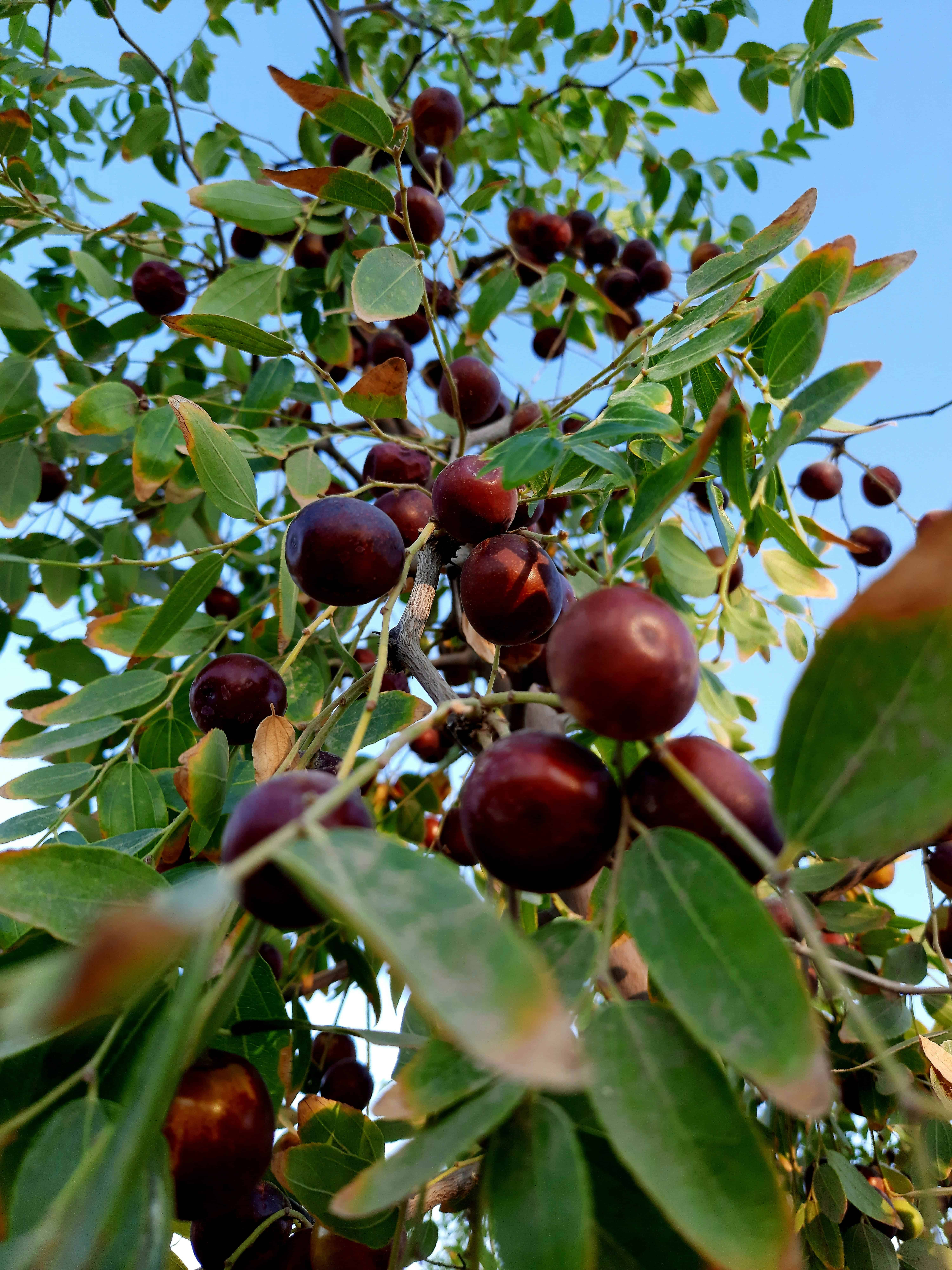
🌳 Botanical Characteristics
The Jujube Tree
The jujube tree (Ziziphus jujuba) can grow either as a deciduous tree or a shrub, reaching heights of 15 to 30 feet with a broad, spreading crown, thorny branches, and small green leaves.
During the flowering season, it produces small yellowish-green blossoms, and its remarkable hardiness allows it to thrive in various soil types, making it highly adaptable to different environments.
Preferring sunny locations and well-drained soil, the jujube tree becomes drought-tolerant once established, requiring minimal watering and making it ideal for arid regions.
Fruit Varieties
There are several notable varieties, each offering distinct characteristics and uses.
Sherwood: This variety is known for its large, sweet fruit that is great for fresh eating.
Chico: Chico jujubes are smaller but very sweet, often dried and used in snacks.
Tigertooth: This variety produces elongated fruits that are excellent for drying and making tea.
Lang: Lang jujubes are best when dried and have a unique tangy flavor.
The fruit is initially green and red as it ripens, resembling a small apple. The texture varies from crunchy when fresh to chewy when dried. Their ability to grow in many regions adds to their popularity.
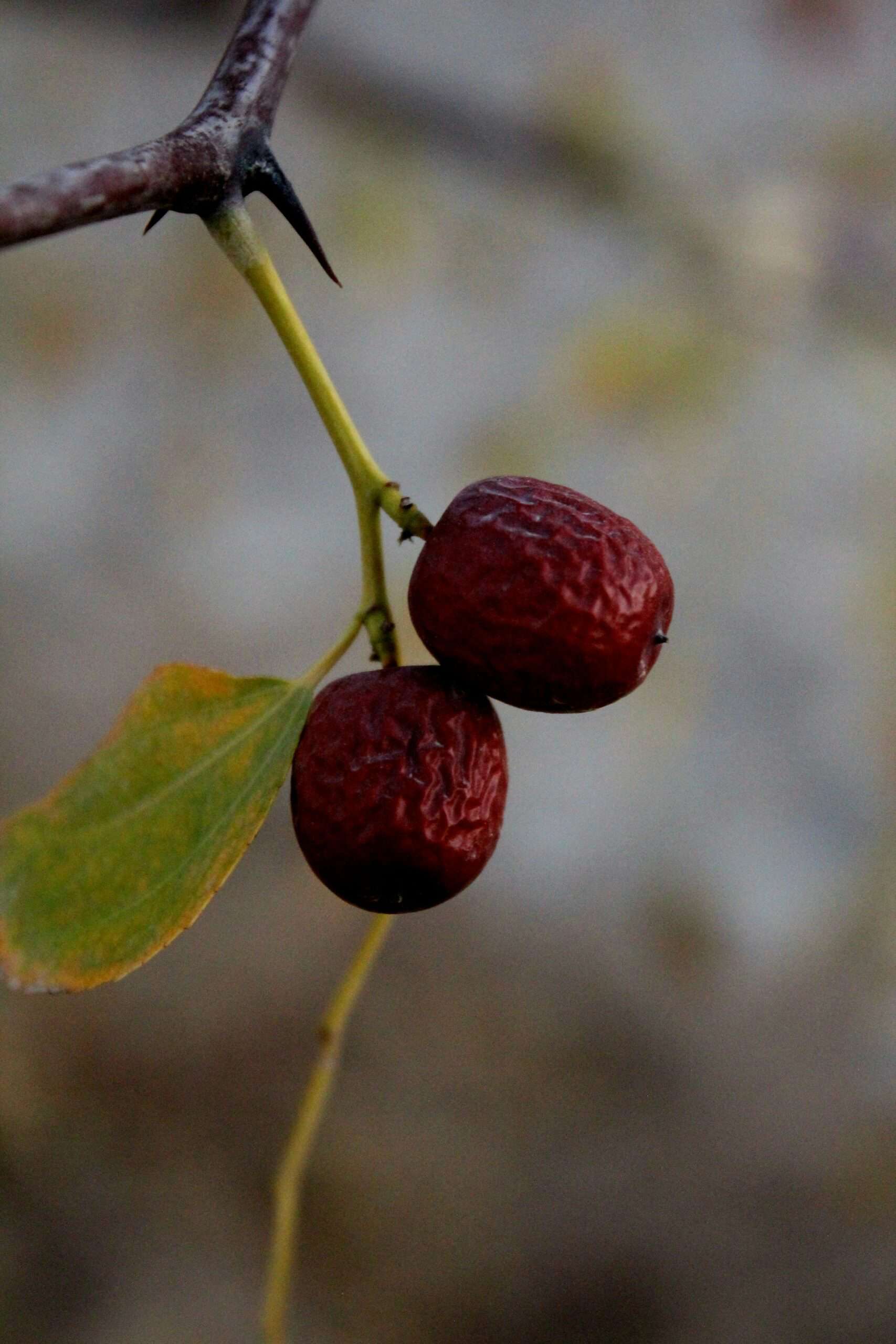
🧑⚕️ Nutritional Value
Vitamins and Minerals
Jujubes are packed with essential vitamins, including vitamin C to support the immune system, along with B1, B2, and B6, which play key roles in energy production and brain function.
They’re also rich in important minerals like calcium, potassium, and iron—calcium promotes bone health, potassium helps regulate blood pressure, and iron is crucial for transporting oxygen throughout the body.
Health Benefits
Eating jujubes can provide numerous health benefits. Thanks to their high fiber content, they help with digestion and maintaining healthy blood sugar levels.
The antioxidants in jujubes, such as flavonoids and polyphenols, can protect the body from harmful free radicals. Jujubes are also known for promoting heart health by lowering cholesterol levels.
Additionally, they may improve sleep quality due to their natural calming properties. Incorporating jujubes into your diet is a tasty way to boost your intake of important nutrients and support overall well-being.
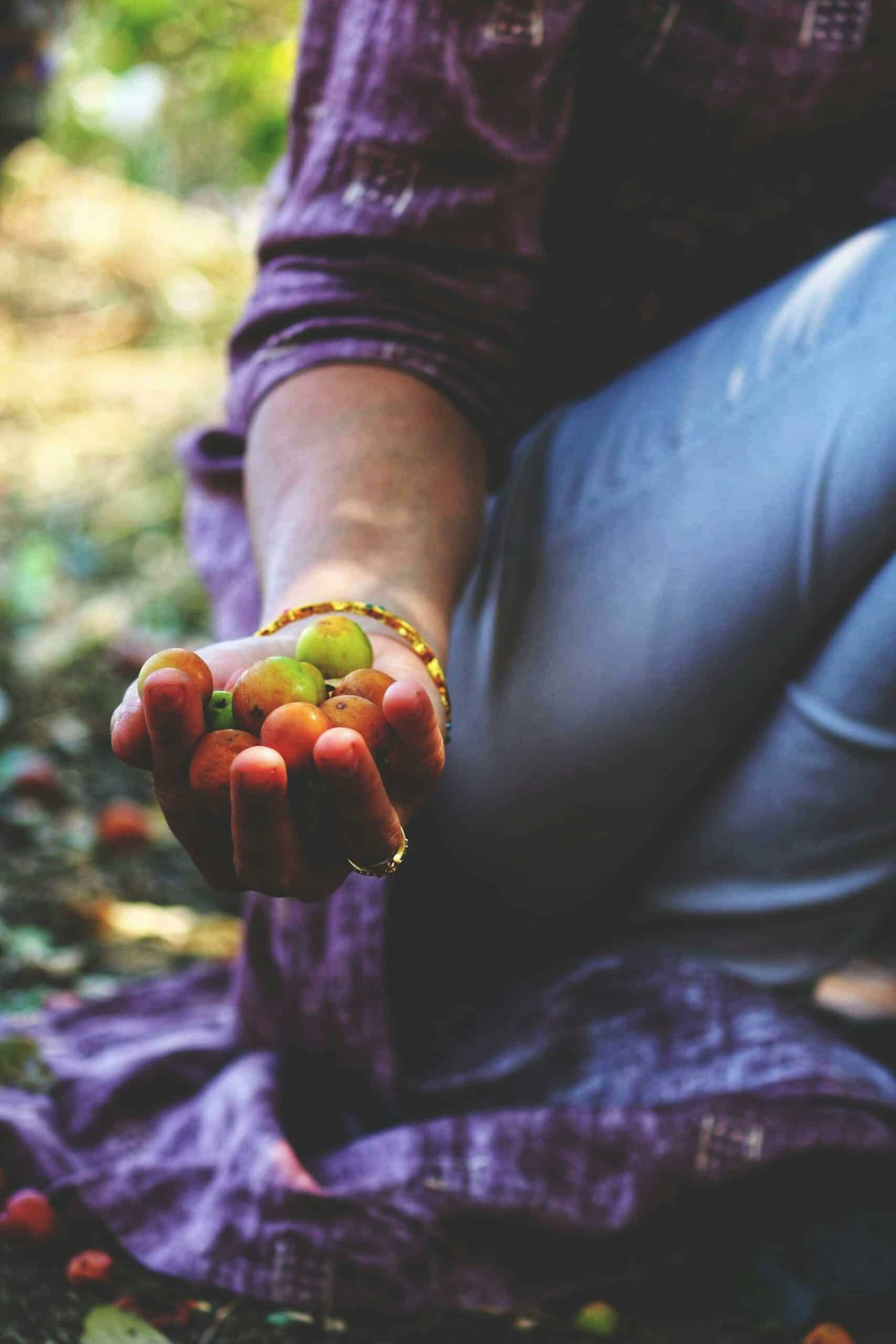
👨🍳 Culinary Uses
Popular Korean Recipes
In Korean cuisine, daechu (jujube) is a versatile ingredient, commonly used in samgyetang, a traditional chicken soup where dried jujubes add sweetness and depth to the broth. Stuffed inside the chicken along with garlic, chestnuts, and ginseng, the jujubes contribute to a soup that’s both richly flavorful and deeply nutritious.
Another popular use is jujube tea, or daechu cha, a comforting drink made by boiling dried jujubes with ginger and cinnamon, especially favored during the colder months. Simple to prepare and typically served hot, this soothing tea is often garnished with pine nuts for an added touch of warmth and tradition.
Jujubes also appear in traditional Korean desserts, most notably in yaksik, a sweet glutinous rice cake mixed with jujubes, chestnuts, and other ingredients that make it a beloved festive treat.
International Cuisine
Outside of Korea, jujubes are also appreciated in various international dishes. In Chinese cuisine, they are used in soup recipes and desserts like Eight Treasures Rice, a traditional dish during Lunar New Year celebrations.
Dried jujubes are also a popular ingredient in Middle Eastern cuisine. They can be found in dishes such as tagines and stews, where they provide a deep, rich sweetness that complements the savory ingredients.
In Western countries, jujubes are often enjoyed as snacks. Fresh jujubes can be eaten raw, much like an apple, while dried ones are used in baked goods, adding a chewy texture and natural sweetness to recipes like cookies and cakes.
By incorporating jujubes into different dishes, their unique flavor and health benefits can be enjoyed worldwide, crossing culinary boundaries and traditions.
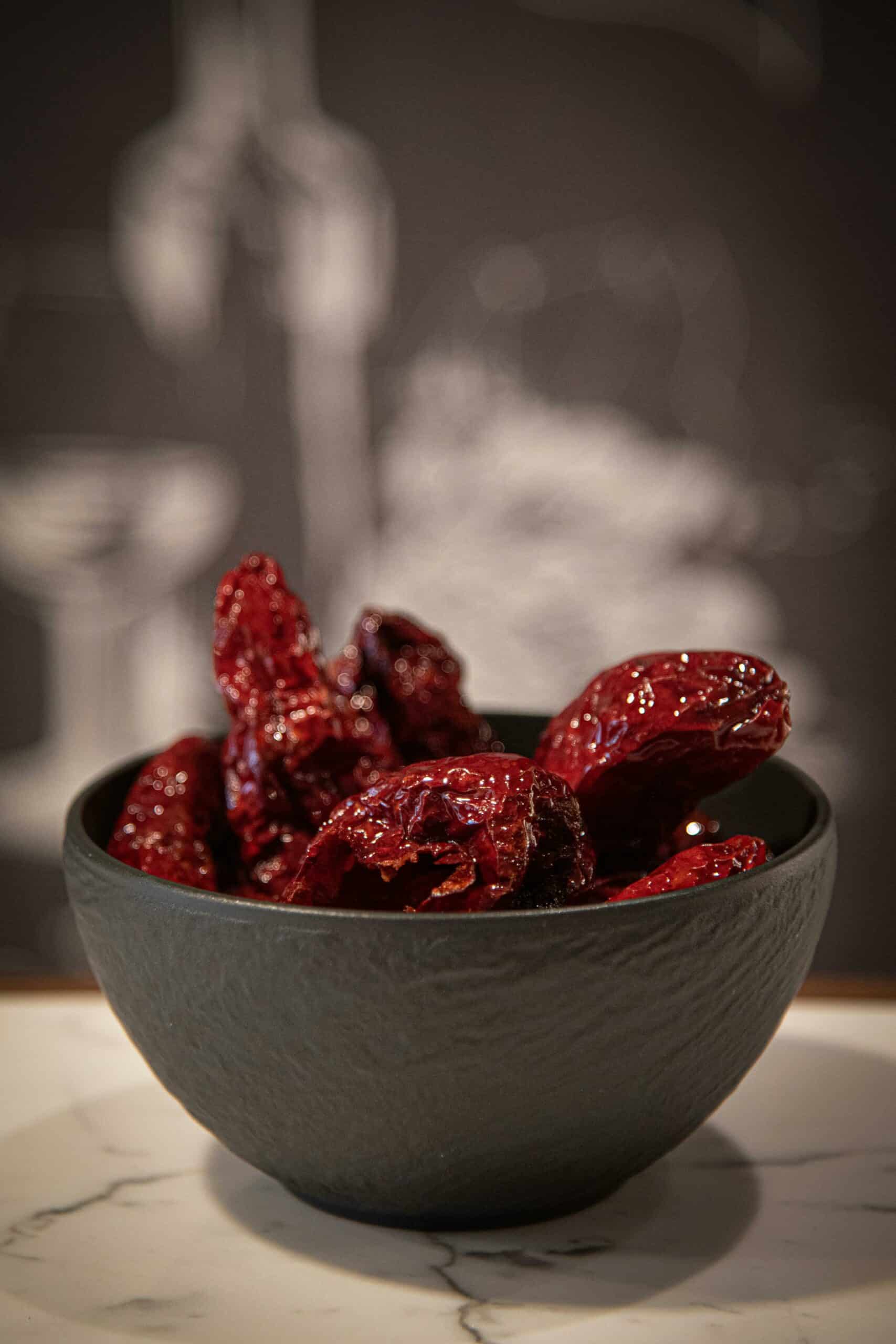
🍵 Making Jujube Tea at Home
Ingredients and Preparation
To make jujube tea, you'll need dried jujubes (Korean dates), ginger, cinnamon sticks, and water. Start by washing the dried jujubes under cold running water to remove any dirt. Use your hands to rub the jujubes gently.
After cleaning, slice each jujube on the side with a sharp knife. This helps release their flavors into the tea. Ginger should be peeled and sliced thinly.
Brewing requires a heat-resistant glass kettle or a stainless-steel pot. Gather all your ingredients before starting to make the process smoother.
Brewing Techniques
Place the cleaned, sliced jujubes into your pot or kettle. For extra flavor, add sliced ginger and a cinnamon stick.
Pour in enough water to cover the ingredients and more. Cover the pot and cook over medium-low heat for around 30 minutes. Stir occasionally to ensure even brewing.
Once brewed, the tea will have a deep ruby-red color. You can sweeten it with honey if you like. Let the tea cool to room temperature before storing it in a glass jar in the fridge.
This simple method ensures a rich, flavorful tea that's perfect whenever you need a comforting drink. For an extra burst of flavor, you can also add other spices or adjust the ginger and cinnamon to fit your taste.
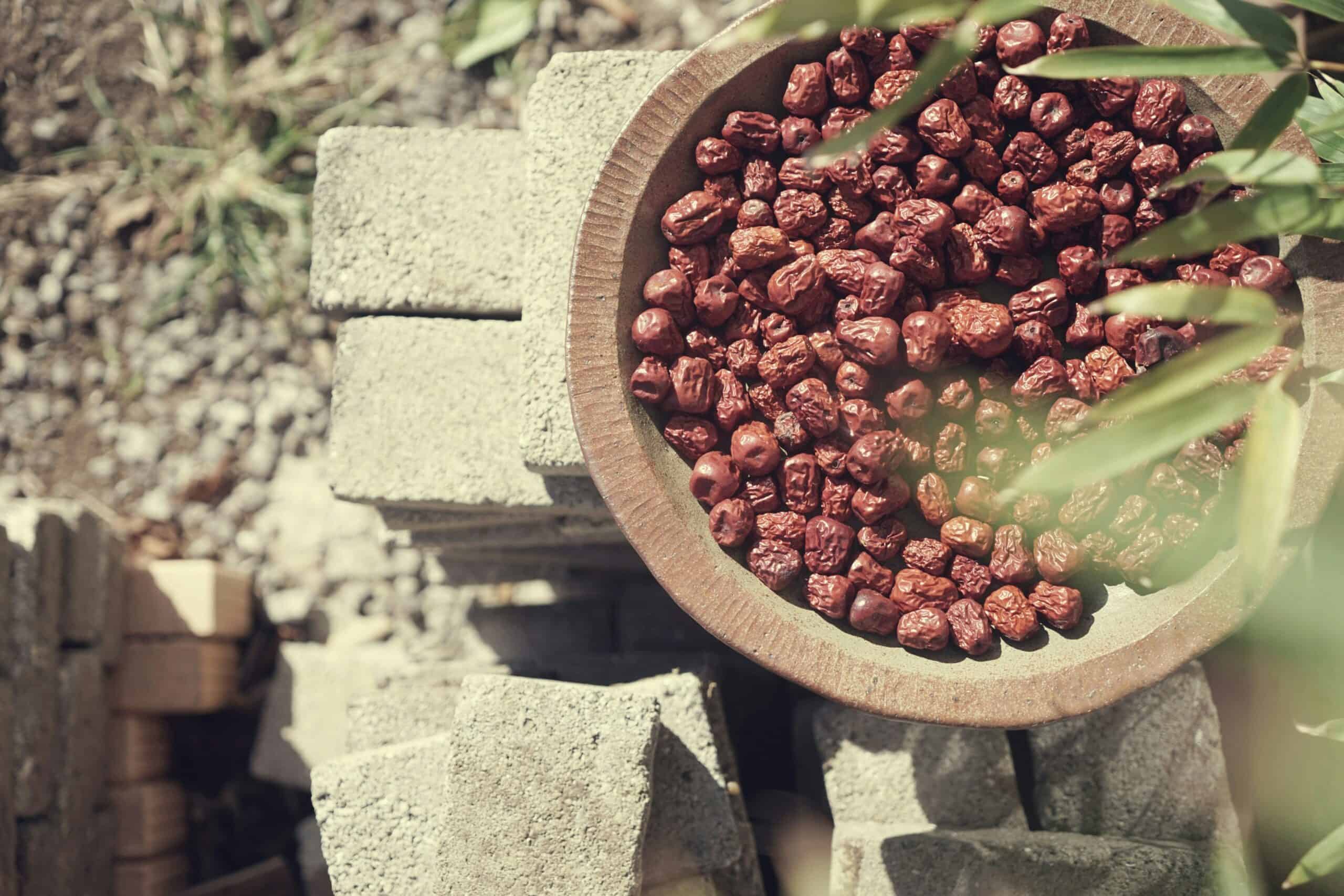
🫙 Preservation and Storage
In the Kitchen
Dried jujubes should be stored in an airtight container in the kitchen. A zipper-lock plastic bag works well, too. They're best stored in a cool, dry pantry or at room temperature.
If the kitchen tends to be humid, placing the container in the refrigerator is a smart move. This helps prevent moisture buildup, which can lead to mold. Usually, refrigerated jujubes can stay fresh for several months.
Prepping and using dried jujubes couldn’t be easier. They can be added directly to dishes without thawing, and a quick rinse before use ensures they're clean.
Long-term Preservation
Frozen is an excellent option for long-term preservation. Place dried jujubes in a freezer-safe container or heavy-duty freezer bag. They can be stored in the freezer for up to a year without losing their flavor.
Preserved jujubes are also available online, such as on Amazon. These are often vacuum-sealed and can be stored in the pantry until opened. Once opened, they should be treated like other dried fruits and stored in an airtight container.
When freezing, removing as much air as possible from the packaging is essential. This prevents freezer burn and keeps the jujubes tasty and fresh. To use frozen jujubes, just thaw them at room temperature for a few hours. They're ready to use just like dried ones.
❓ Frequently Asked Questions
Korean jujubes are rich in vitamins and antioxidants. They’re known to boost immunity, aid digestion, and improve skin health. These fruits also have calming properties that help reduce stress and promote better sleep.
To make daechu tea, soak seedless dried jujubes in boiling water until they’re rehydrated and soft. Then, blend into a paste and simmer with ginger and water. The tea is often sweetened with honey and served warm.
Daechu are different from regular dates as they have a sweet-tart flavor and wrinkled skin. While regular dates are commonly eaten fresh or dried, daechu are frequently used in teas and Korean traditional medicine.
Korean jujube trees need full sun and well-drained soil. Water them regularly during the growing season, but reduce watering in the winter. Pruning is important to maintain their shape and remove dead branches. These steps help the tree produce healthy and abundant fruits.

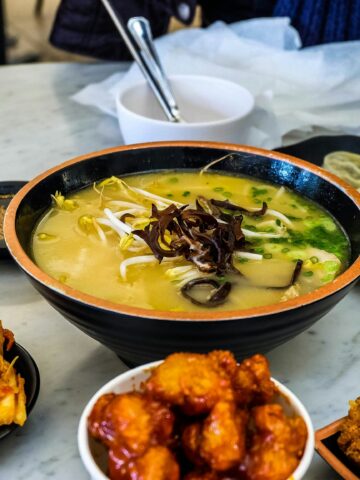
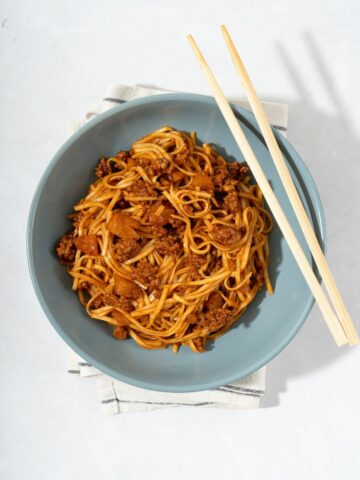

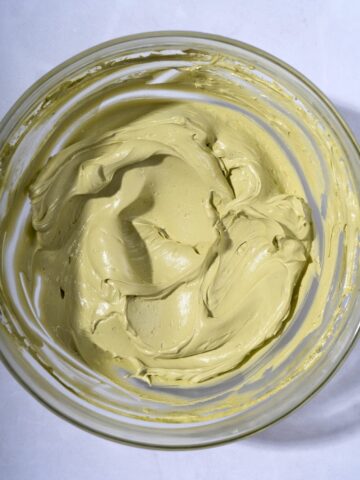
Comments
No Comments